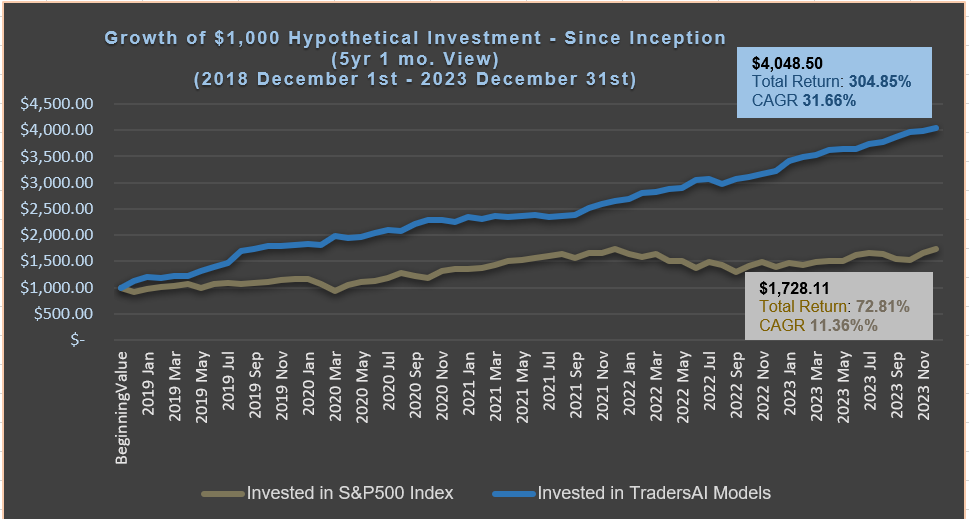
S&P 500 INDEX MODEL TRADING PLANS for MON. 07/17
The big banks have kickstarted the earnings season last Friday with JP Morgan and Wells Fargo, and are going to gain steam this week with other big names in Finance and Tech. This week should shed some light on how earnings are shaping up in the wake of the sticky inflation. With a quarter-point rate increase almost a given, the July FOMC meeting may be a non-event, and earnings could be the driving force for the next few weeks.
If early earnings show any unexpected weakness (“unexpected” is the key word there), then we might have seen an interim top; but, if the earnings appear to be on track or with a bias to the upside surprises then the next bull leg could get well entrenched.
The previously stated level of 4500-4505 is now a key area to watch for both as a support and as a resistance level.
Positional Trading Models: Our positional models indicate staying out of the markets until otherwise stated.
By definition, positional trading models may carry the positions overnight and over multiple days, and hence assume trading an index-tracking instrument that trades beyond the regular session, with the trailing stops – if any – being active in the overnight session.
Aggressive/Intraday Models: Our aggressive, intraday models indicate the trading plans below for today.
Aggressive, Intraday Trading Plans:
For today, our aggressive intraday models indicate going long on a break above 4526, 4520, 4513, or 4502 with an 8-point trailing stop, and going short on a break below 4510, 4499, or 4490 with a 9-point trailing stop.
Models indicate explicit long exits on a break below 4523 or 4517, and short exits on a break above 4493. Models also indicate a break-even hard stop once a trade gets into a 4-point profit level. Models indicate taking these signals from 11:31am EST or later.
By definition the intraday models do not hold any positions overnight – the models exit any open position at the close of the last bar (3:59pm bar or 4:00pm bar, depending on your platform’s bar timing convention).
To avoid getting whipsawed, use at least a 5-minute closing or a higher time frame (a 1-minute if you know what you are doing) – depending on your risk tolerance and trading style – to determine the signals.
NOTES – HOW TO INTERPRET/USE THESE TRADING PLANS:
(i) The trading levels identified are derived from our A.I. Powered Quant Models. Depending on the market conditions, these may or may not correspond to any specific indicator(s).
(ii) These trading plans may be used to trade in any instrument that tracks the S&P 500 Index (e.g., ETFs such as SPY, derivatives such as futures and options on futures, and SPX options), triggered by the price levels in the Index. The results of these indicated trades would vary widely depending on the timeframe you use (tick chart, 1 minute, or 5 minute, or 15 minute or 60 minute etc.), the quality of your broker’s execution, any slippages, your trading commissions and many other factors.
(iii) These are NOT trading recommendations for any individual(s) and may or may not be suitable to your own financial objectives and risk tolerance – USE these ONLY as educational tools to inform and educate your own trading decisions, at your own risk.
#spx, #spx500, #spy, #sp500, #esmini, #indextrading, #daytrading, #models, #tradingplans, #outlook, #economy, #bear, #yields, #stocks, #futures, #inflation, #recession, #earnings




